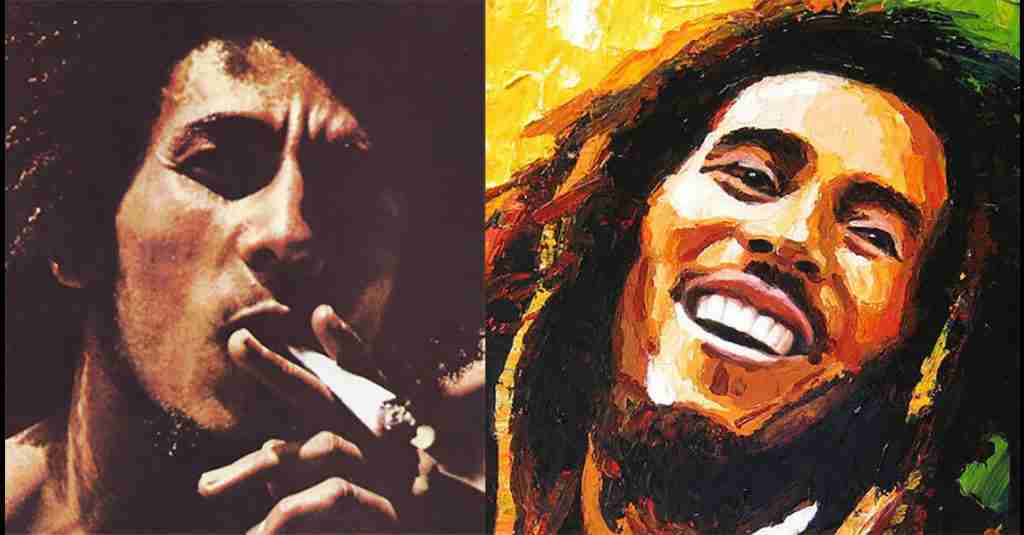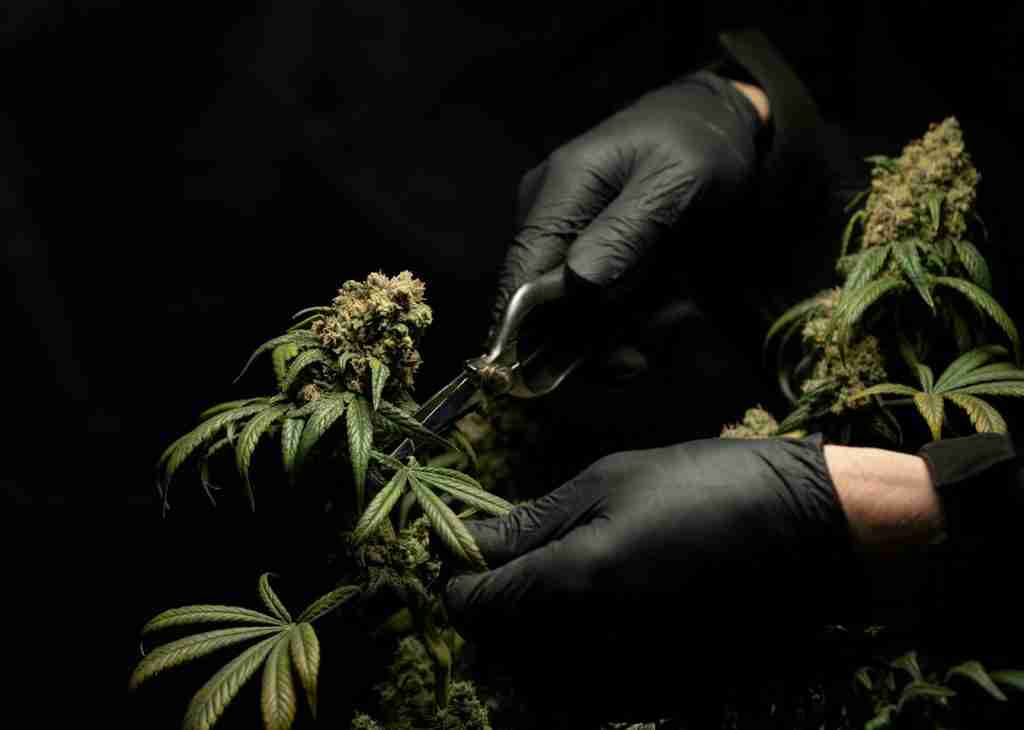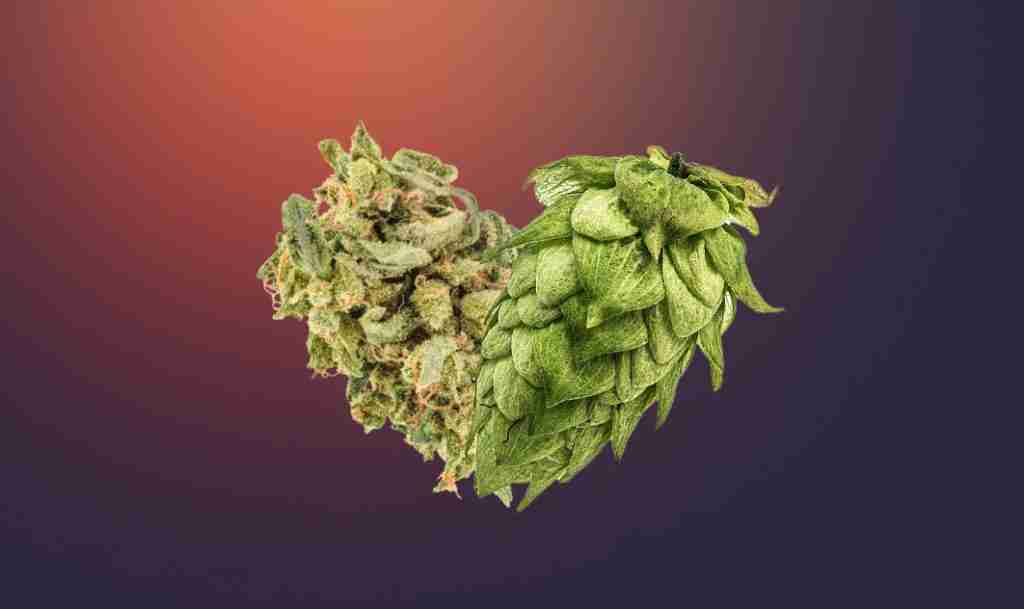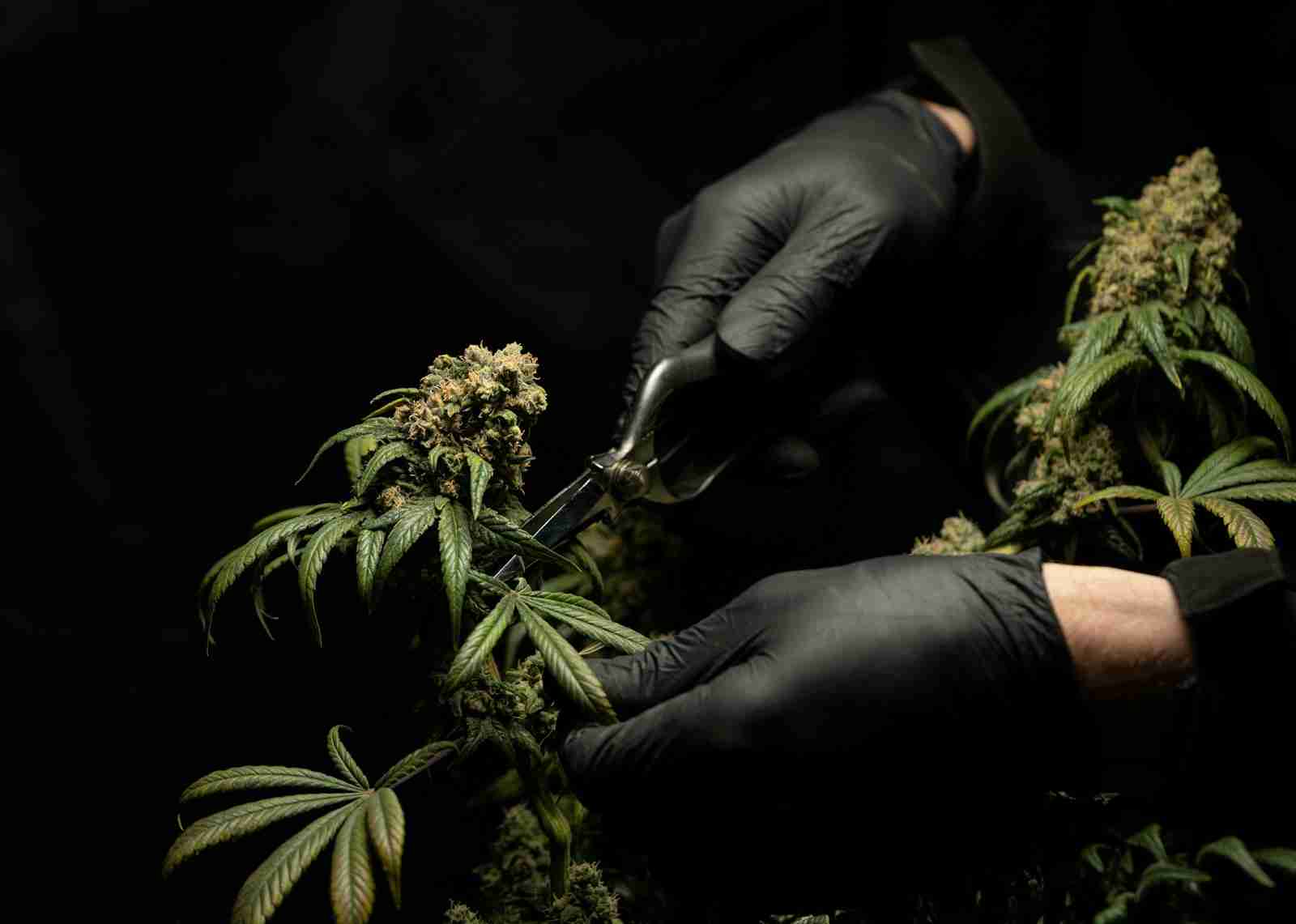22 Fun Facts About Weed | Puff, Puff, Past
1. Weed was used for its psychoactive effects 2,500 years ago in China.
Over 2,500 years ago in China’s Pamir Mountains, people were already using cannabis to get high during funeral rituals. Scientists found evidence in old incense burners that folks back then chose cannabis plants with strong effects for their ceremonies.
This discovery, a study published in the journal Science Advances, marks the earliest proof of cannabis being used for its mind-altering traits.
2. Only female Cannabis plants produce high-THC buds.
Female cannabis plants are the ones yielding potent THC and CBD buds, unlike males that generate seedy, less potent buds. To secure a high-quality harvest, it’s crucial to have more females.
Mixing male with female plants risks pollination, which can drastically reduce the yield or even ruin the entire crop by diverting energy from bud production to seed formation.
3. There are about 100 Cannabinoids in the Weed plant.
One of the interesting weed facts is that the plant harbors over 100 cannabinoids, including THC, which creates the iconic high, and CBD, known for its non-impairing effects. Weed can be used recreationally, medicinally, or as synthetic versions.
Among its vast array of compounds, THC and CBD stand out as the most prominent, highlighting weed’s complex chemical makeup and its varied applications.
4. Morocco is the largest producer of Marijuana resin in the world.
Morocco leads the world in producing marijuana resin, targeting primarily the European market. The United Nations report highlighted Morocco’s dominance, noting it as the top origin and departure point for the resin, with most seizures happening between Morocco and Spain.
Key trafficking routes extend through North Africa and into Europe, with 60% of global seizures occurring in these regions. Afghanistan follows Morocco as the second-largest producer.
5. Washington was the first U.S. state to legalize recreational Cannabis.
In December 2012, Washington led the U.S. by legalizing recreational marijuana, pioneering the regulated sale and use alongside Colorado. Having approved medical marijuana back in 1998, Washington’s progressive step was marked by a ‘yes’ vote to regulate marijuana’s production, possession, and distribution.
This move mandated the state to set up a regulatory system for businesses to legally sell marijuana, setting a precedent for others to follow.
6. Chocolate effects can be similar to Weed effects.
Chocolate can mimic weed’s effects due to increasing anandamide, known as ‘natural THC,’ in the brain, creating a blissful feeling similar to THC. The combination of theobromine and caffeine in chocolate also provides a unique stimulant effect.
Interestingly, chocolate can amplify certain effects of cannabinoids, potentially reducing the amount of marijuana needed for medicinal purposes by enhancing its impact.
7. There are 1,200 slang words for Weed.
One of the funny weed facts is that it has at least 1,200 slang terms. Yes, from ‘cannabis‘ to ‘hashish‘, ‘weed‘, ‘pot‘, and even ‘asparagus’, the variety of nicknames is staggering.
Beyond these slang terms, there are also more than 2,300 names for different strains, showcasing the vast and colorful lexicon that surrounds this plant. It’s a testament to weed’s widespread influence and cultural significance.
8. Bob Marley was buried with his Bible, his guitar, and a bud of Weed.

Another mind-blowing fact about weed is that Bob Marley, the Reggae King, was laid to rest with three significant items: his red Gibson Les Paul guitar, a Bible opened to Psalm 23, and a bud of marijuana. His burial took place in his hometown of Nine Mile, Jamaica, in a mausoleum.
These items highlighted the profound influences in his life: music, faith, and his well-known advocacy for marijuana.
9. 420 is a code term for consuming Weed.
The term ‘420’ originally came from a group of high school students in the 1970s, known as the ‘Waldos,’ who would meet at 4:20 pm to smoke marijuana in San Rafael, California.
This code for cannabis consumption spread, especially with help from fans of The Grateful Dead. Now, April 20th (4/20) is celebrated worldwide as a day to enjoy and advocate for marijuana.
10. George Washington grew Weed on his plantation.
George Washington and 7 other U.S. Presidents, including Thomas Jefferson and James Madison, are reported to have used marijuana. Cultivating hemp at his Mount Vernon plantation as early as 1765, Washington was among those early leaders who recognized its value.
Hemp, a cannabis variety, was integral for textiles in colonial America. Additionally, marijuana was mixed with tobacco for its mild effects and used in food and medicine, showcasing its widespread acceptance and use among America’s founding figures.
11. Shakespeare might have used Cannabis.
Researchers found pipes in William Shakespeare’s garden with cannabis residue, suggesting the famed playwright might have used marijuana. Conducted by South African anthropologist Francis Thackeray, the study employed gas chromatography-mass spectrometry to test 17th-century clay pipes.
While these pipes showed no signs of cocaine, a substance known at the time, it’s proposed that Shakespeare preferred cannabis for its mind-stimulating effects.
12. The Doomsday Vault contains over 100,000 seeds, including Weed’s.

The Svalbard Global Seed Vault, often called the doomsday vault, is a global backup storage safeguarding 642 million seeds from extinction, including food crops and over 100,000 seeds from hallucinogenic plants like opium and marijuana.
Situated in the Arctic, it excludes GMOs but houses a rich diversity from 223 countries, ensuring our planet’s agricultural heritage and biodiversity are preserved for future generations.
13. Cannabis can be used in construction, like hempcrete.
Hempcrete, made from the hemp plant’s woody core, water, and lime, offers a sustainable construction alternative. Although not load-bearing like concrete, hempcrete excels in insulation, and sound absorption, and has a high thermal mass, making it an ideal insulator for walls.
This environmentally-friendly material highlights the versatility and benefits of hemp in sustainable building practices, offering a green solution for construction and renovation.
14. The ancient Egyptians used Weed to treat hemorrhoids and pain.
Ancient civilizations harnessed cannabis’s healing powers: The ancient Egyptians treated hemorrhoids, inflammation, and eye soreness, while Greeks soothed horse wounds and human ear pain with it.
Documented in texts like the Ebers Papyrus since 1550 BC, this versatile plant also eased inflammation and expelled tapeworms. A testament to early medicinal practices, cannabis played a crucial role in the wellness routines of these ingenious societies.
15. Herodotus wrote about Scythians smoking Cannabis in 440 B.C.E.
Another historical fact about cannabis is that in 440 B.C.E., the Scythians, a nomadic group, used heated rocks in tents to inhale hemp vapors, delighting in its joyful effects, as noted by Herodotus.
This practice is further evidenced by 2400-year-old tombs with opium and cannabis residues, underscoring ancient traditions of drug use among elites and hinting at the rich cultural tapestry woven along the Silk Road.
16. One single weed can produce 10,000 to over 100,000 seeds.

A single weed can outshine most plants by producing about 10,000 to over 100,000 seeds! This incredible feat, coupled with seeds that can remain dormant for decades and are adept at hitchhiking via animals, wind, and soil, explains why weeds are such tenacious invaders of lawns and gardens.
This incredible ability to proliferate ensures that without diligent management, weeds can easily dominate gardens and lawns, showcasing nature’s tenacity and resilience.
17. The first product ever sold online was Weed in 1971.
Another unique fact about weed is that it was involved in the first-ever online transaction. In 1971, Stanford and MIT students utilized ARPANET, the precursor to the internet, to arrange the sale of marijuana.
This pioneering digital deal, occurring before the advent of giants like Amazon and eBay, didn’t involve online payment but marked the inception of e-commerce through an unconventional product exchange.
18. Los Angeles has more dispensaries than Starbucks locations.
In Los Angeles, cannabis dispensaries are more common than Starbucks, with a staggering total of 1,481 across the wider LA area. This makes choosing the best one a challenge in the city’s vast expanse, from its sunny beaches to its towering mountains.
This boom in dispensaries is largely due to California’s legalization of recreational cannabis in 2016, making LA a hotspot for cannabis culture and commerce.
19. Excessive weed consumption can affect sperm counts.
Another medical fact about weed is that excessive consumption can lead to various reproductive issues in men, including reduced sperm count and concentration, changes in sperm motility and morphology, altered hormone levels, decreased libido, and diminished sexual performance.
Interestingly, weed smokers have been found to have higher sperm concentration and count but also lower follicle-stimulating hormone concentrations, affecting overall reproductive health.
20. Beer and Cannabis are close cousins.

Beer and cannabis share a family connection, both hailing from the Cannabaceae plant family. This relationship is highlighted by their common component, terpenes, which imbue them with distinct aromas and flavors.
Scientific studies from the UK and the US have confirmed their close genetic link, further cementing the unique bond between the hoppy bitterness of beer and the distinctive scent of cannabis.
21. Dr. J. Munch testified in court in 1938 about his weird experience with Weed.
Dr. James Munch, a toxicologist advising on marijuana issues in the 1930s, claimed a unique hallucinogenic experience from just two puffs of cannabis during a 1938 murder trial in Newark, New Jersey.
He testified to transforming into a bat and flying into a giant inkwell, a story that captured the public imagination and made headlines.
22. The Chinese would boil Weed flowers with water to make tea.
For centuries, the ancient Chinese brewed weed flowers in water to create a medicinal tea, believed to alleviate rheumatism, cystitis, and urinary ailments. Known as weed tea, this drink taps into the plant’s herbal properties, offering an alternative to smoking or edibles.
Cannabis or weed tea, celebrated for both its therapeutic and psychoactive benefits, demonstrates the plant’s longstanding role in medicine and spiritual practices worldwide.
FAQs
Weed’s impact on the brain varies; while temporary effects are common, long-term damage, especially in adults, is still under study. However, adolescents are at a higher risk of lasting cognitive changes due to their developing brains.
April 20th, or 4/20, is celebrated globally as a day to enjoy cannabis. Originating from a group of California high school students in the 1970s, it’s now a day of rallies, social gatherings, and widespread cannabis appreciation.
Glyphosate is considered one of the strongest and most effective weed killers. It’s a broad-spectrum herbicide that can eliminate most weeds and grasses. Always use it responsibly and follow environmental guidelines.
Yes, excessive weed consumption can negatively impact sperm count, along with sperm motility and shape. While some studies suggest temporary effects, regular and heavy use might lead to significant reproductive health issues.
Cannabis is used medically to manage pain, reduce nausea during chemotherapy, and ease muscle spasms. It’s also effective in treating certain types of epilepsy and provides relief for some chronic conditions, demonstrating its versatile therapeutic potential.







